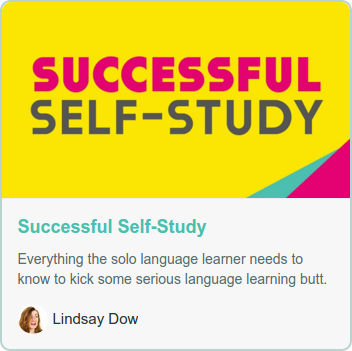^^
45.
Everywhere in the world, the issue of how to manage urban growth poses the highest stakes, complex policy decisions, and strongly heated conflicts in the public area. The contrast between Western Europe and America is particularly sharp. In Western Europe, steep gasoline taxes, investment policies favoring built-up areas over undeveloped greenfields, continuous investment in public transportation, and other policies have produced relatively compact cities. Cities in Western Europe tend to be economically healthy compared with their suburbs. By contrast, in the United States, cheap gas, massive
highway investment, policies that favor construction on the edges of cities, and heavy reliance on property taxes to fund public schools have encouraged much more car-reliant and spread-out urban areas, where eight in ten
Americans now live.
Different public policies resulted in relatively centralized cities in Western Europe but resulted in spread-out urban areas in the United States.
46-48.
One Saturday during the summer, I asked my
father if he would go down to the schoolyard and play basketball with me. I had just finished the fifth grade, and wanted desperately to make the middle school team
the coming fall. I couldn’t believe my ears when he called for my mother and sister to come along, for, in the traditional fashion, my mother was the house accountant, the launderer, and, of course, the cook.
When we arrived, my sister immediately ran off
to the swings, and I recall being annoyed that my mother wasn’t following her. I dribbled awkwardly around the free-throw line, almost losing control of the ball, and made a flat shot that bounced wildly off the basket. The ball fell to my father, who took a few not
so graceful dribbles and missed an easy layup. He rebounded his shot and passed the ball to my mother, who had been watching us from the foul line.
She turned from the basket and began heading the other way.“Um-mah,” I cried at her, my irritation already bubbling over, “the basket’s over here!” After a few steps she turned around, and from where the professional three-point line must be now, she effortlessly flipped the ball up in the air, its flight truer and higher than I’d witnessed from any boy or man.
The ball curved cleanly into the basket, stiffly popping the chain-link net. All afternoon, she rained in shot after shot, as my father and I ran after her.
When we got home from the playground, my mother showed me the photograph album of her high school days. I was shocked to learn that she had been the top player for the national high school team that once won the all-Asia championships. For years I kept it in my room, on the same shelf that housed the scrapbooks I made of basketball stars, with magazine
clippings of great players such as Bubbles Hawkins, Pistol Pete, and George Gervin.
49-50.
Some scientists have shown the practical power of looking at the world through ‘could-be’ eyes. When a group of students were shown an unfamiliar rubbery object and told, “This could be a dog’s chewy toy,”they were later able to see that it might also be of use as an eraser when they made some pencil mistakes. In
contrast, students who were told that it was a dog’s chewy toy did not find its alternative use.
Another group of students watched a video about
physics after being told, “This presents only one of several outlooks on physics. Please feel free to use any additional methods you want to assist you in solving the problems.” On tests of factual comprehension, these
students performed no differently from students who had watched the video with a different introduction: “This presents the outlook on physics. Please use the method
you see in the video in solving the problems.” But when they were faced with questions that asked them to use the information more creatively, the ‘could-be’
students performed much better than the others. Just a simple change of language seemed to invite the students to process and store information in a much more flexible format, and thus be able to look at it and
make use of it in different ways.

